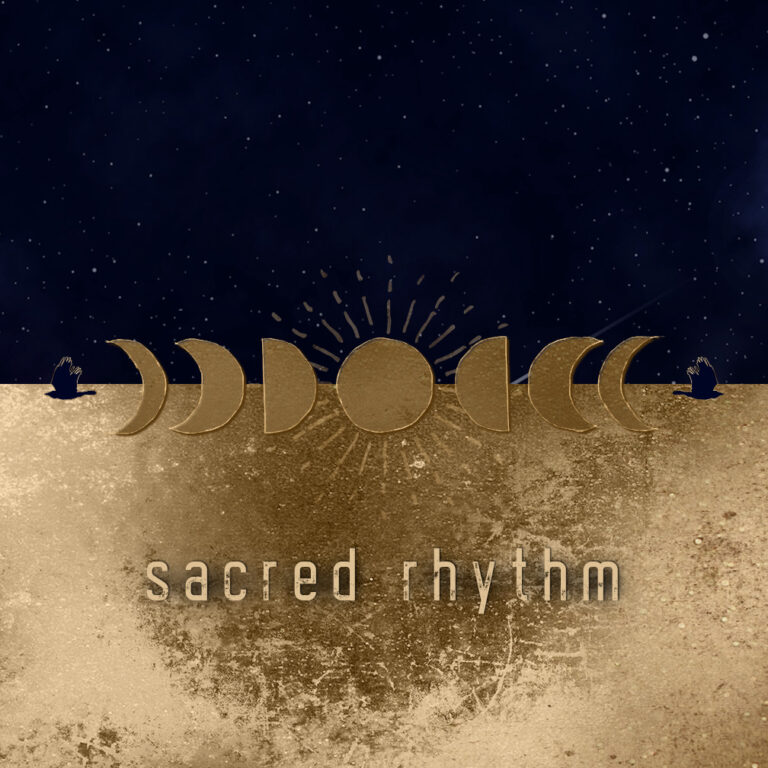![]() Connect to your sacred rhythm and ebb and flow with natures heavenly calendar – the magnificent pendants that hang in the sky above.
Connect to your sacred rhythm and ebb and flow with natures heavenly calendar – the magnificent pendants that hang in the sky above. ![]()
This is an invitation to discover and put in place catalytic mechanisms woven into your everyday practices that allow you to live in flow with your sacred rhythm. Delivered as one-on-one or group session with pre-work and post-work, this will elevate how you operate by paying attention to the profound influence of solar, lunar, and stellar cycles on all things that have life.
We will illuminate your sacred calendar of ceremonies, rituals and special events, regular recurring occasions, create daily, seasonal (solstice and equinox) and annual practices and arrange our live in connection with the cycles and optimal times. We pay attention to the care and nurturing of our selves, those we love, our spaces, our offerings, operations and record keeping and our connections to community, earth and spirit.
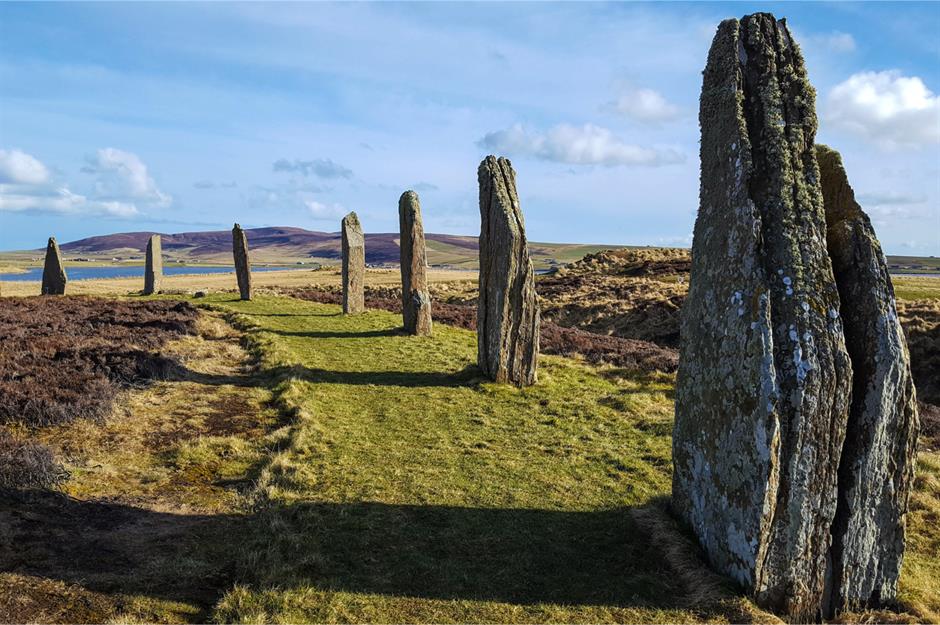
![]()
Our ancestors lived alongside the sacred rhythms
Since ancient times our ancestors have observed celestial influence on the earth spirit. They looked to the magical calendar in the sky to predict and plan for these influences. They noticed a relationship between the positions of different celestial objects and their bodies and the world around them. They found power places across our planet that resonated and amplified the incoming celestial forces. We know these today as sacred sites, spiritual temples, pilgrimages, and ceremony sites. Interestingly, there are simple but accurate astronomical observation devices found at many of these sites and many of the structures have a relationship with the movement of the sun, moon, planets and stars. There are more than a thousand stone rings in the British Isles that are both astrological devices and ceremony centres.
The early star gazers wanted to know in advance when these occasions of charge and potency were coming, and they began to look to the night skies with great attention. They gave meaning to these cycles of heaven by harmonising their life rituals with the movement of the heavens. Their sophistication in observing the heavenly pendants and their consciousness of the influence endures through the mythology, stories and zodiac astrology that remains, and it is found in the understory of religions. The celestials became divine beings, gods and goddesses and had power over their lives. The sun was worshipped as a deity. There are carvings of sun and moon observations dating back to 28,000 BCE (this is not a new concept!) and stone arrangements for record keeping all over the planet. Many of the early observations were used for the calculation of auspicious solar days like solstice and equinoxes that were very significant celebrations.
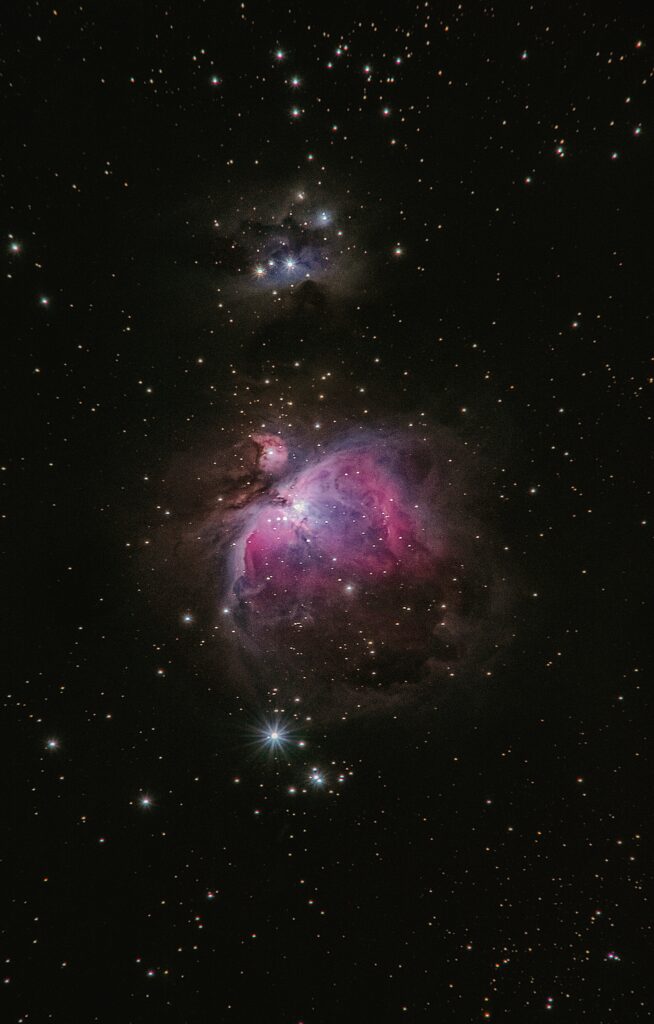
The Earth is immersed in a constantly changing flow of magnetic, electric and gravitational fields from the celestial bodies and it has a powerful effect on every living thing. In cycles, our moon circles the earth, our earth rotates around the sun while spinning on it’s axis. And then there are all the other heavenly bodies. The latest researchers are saying there is nothing living that is not triggered by celestial cycles, the science just can’t quite be explained yet.
Our nervous system is profoundly responsive to changes in the cosmic environment. “Thousands of interrelated rhythms in body chemistry are cyclically orchestrated with geophysical and celestial periodicities – such as the blood and the urine, the levels of sugar, iron, calcium, sodium, potassium, corticosterone and adrenocortical outputs, fibrialytic activity in the plasma, deep body temperature, blood pressure, cellular division, and the hormonal patterns of growth and maturation, as well as many neural patterns. Additionally, transformations in gene structure, oxidation cycles in cellular energy systems, heartbeat and fertility rates are all linked with the cyclic movements of the Earth, the moon and other celestial objects.” Robert Lawlor comments. Well that about covers it!
In yogic practices, the sky is a calendar and attention is given to deepen the experience within ourselves and to gain awareness of how our body responds. Practices and rituals were crafted to make the best use of the energy, the directions and aspects of the cycles. These practices aren’t the same for everyone, they aligned with you taking into account your lifestyle as everyone’s bodies are attuned in different ways according to how you spend your days. I read that exposing your spine to three full moons in a particular way can completely and wholistically reset your health.
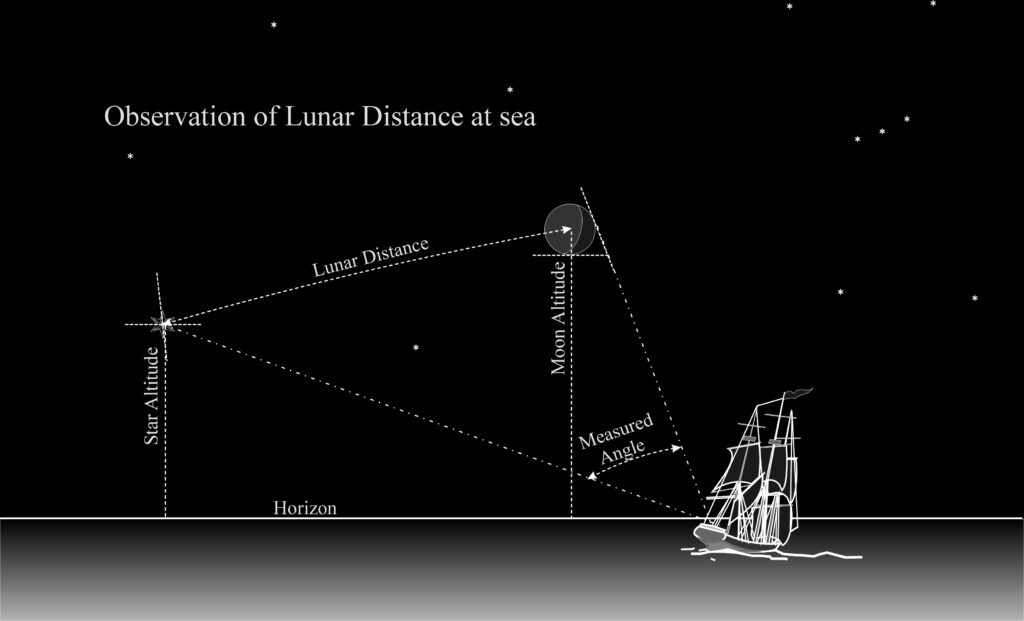
The earliest sailors looked to the sun, moon, planets and constellations to navigate their way when they couldn’t see the landmark. Our farming ancestors observed the skies as their agricultural calendar knowing when to plant and harvest. Farming in tune with the lunar cycle increases the crop yield said to be because moonlight stimulates leaf growth, and the gravitational pull of the moon impacts the moisture in the soil. Fishing by the new moon and the full moon is when the tides are bigger, and the fish are more active. All of these are practices are still in use today.
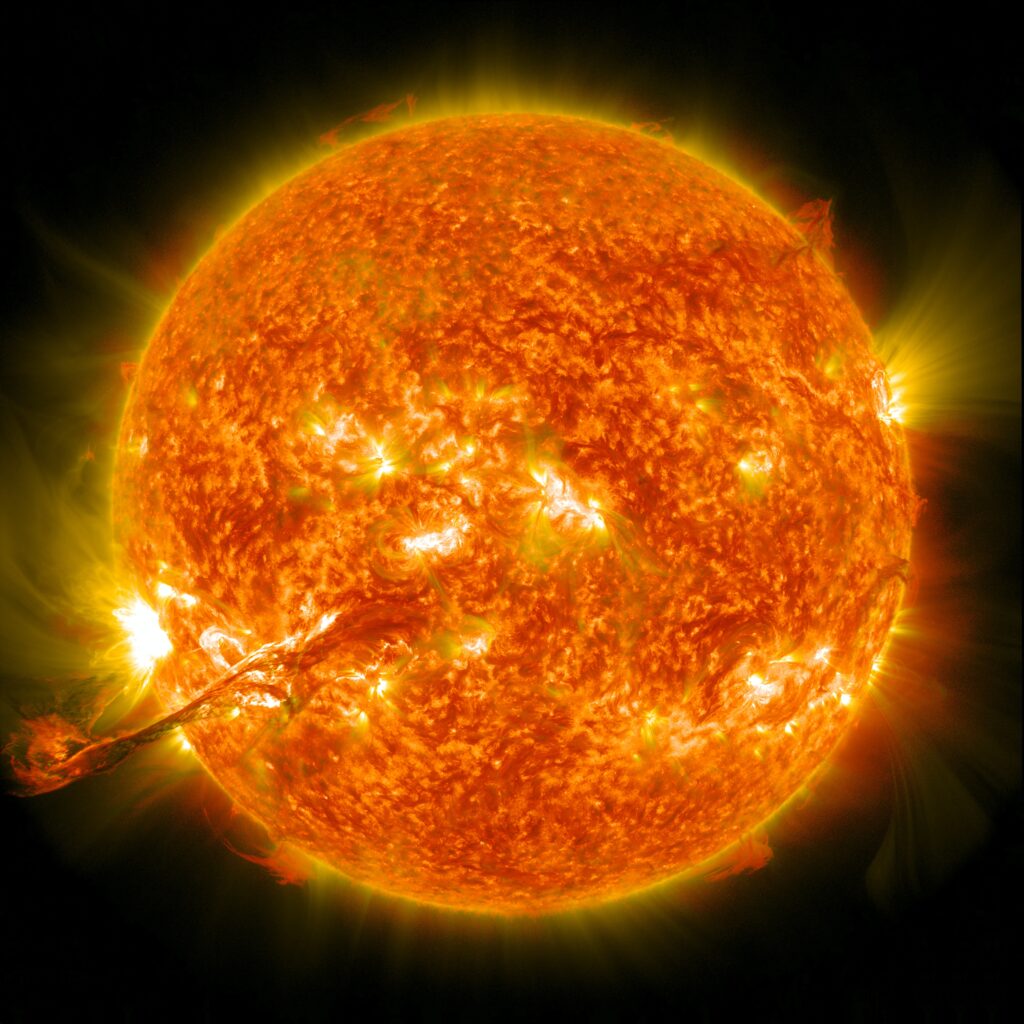
![]()
The Sun
At the crown of our celestial chandelier is the sun, a symbol of a day, a sunrise and sunset and our icon for our daily practice. Our devotion to our daily practice fans the flames of our intention. This sacred opportunity each brand new day, and each brand new night, is our opportunity to practice – to play and pray everyday, our own way.
Sunlight keeps us warm. It keeps the planet warm. It makes us feel good. It grows our plants. Sunlight is how we maintain our optimum level of the essential nutrient Vitamin D, lower blood pressure, improve our immunity, heal our wounds, and it how we feel a sense of well-being. Believe it or not, it reduces our risk of cancer! Our sleep is improved as it regulates our levels of serotonin and melatonin resetting our circadian rhythm. UV rays causes our skin to produce hormones that reduce pain. We can find a healthy balance spending time in the sun while being cautious not to overexpose ourselves.
We see the sun rise and set at different positions along the horizon over the year. The endless passage of north, then south, then north again. The most north and south positions are the Solstices, which is Latin for “sun stands still” and for the early observers, this is what happened. In the ancient world, many mythologies speak of the energies being more present during these phases of the shortest day and the longest day of the year.
Midway between the two solstices, are the equinoxes which is Latin for equal night. It is the time occurring twice each year when the day and night are of equal duration. A great time of reflection and asking where we can be more in balance.
So the solar cycle divides into four almost equal periods – the seasons and from this was born the festivals, celebrations and ceremonies based on the effect of the fluctuating energies. They are symbolic occasions for renewal and regeneration, and although our modern-urban based life may have disconnected us from the subtle realm where these energies are felt, we can engage with the celebration and restablish that connection.
“The Autumn Equinox is a time of reflection, harvest and celebration of all the good we have in our lives. A time of family, the home and feasting on the abundance that life has offered us. It is a thanksgiving.
The Spring Equinox is a time to reawaken, rebirth and blossom out of the winter cocoon. It’s a great time to plant seeds, reset and a time of new growth. A time of celebration, flowers, fertility, and fun.
Solstices give us time to honour the elements and honour Mother Earth. The Winter Solstice is the longest night and shortest day of the year; this is a time of reflection and retreat. A time to go within, breathe, take stock and give honour to Grandmother Moon. Nurture your soul, yourself and renourish before you bloom.
The Summer Solstice is the longest day and shortest night so we give love to the Sun, the light and we celebrate it in all its glory. It’s a time of reaping rewards, of bountiful abundance as the year is nearly complete. What have you reaped?
All 4 of these auspicious dates are turning points and are deserving of a separate amount of your energy, intention, connection so you can really tap into the potential that exists in these spaces!”
Tiarne https://www.tiarnie.com.au/
(written for the Southern Hemisphere)
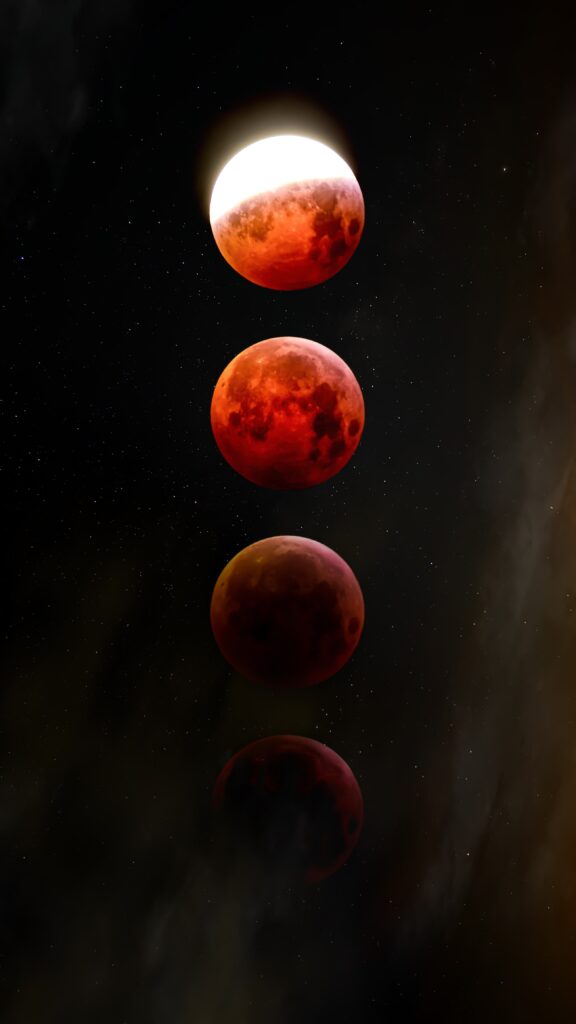
![]()
The Moon
The moon is lit by the rays of the sun.
We have known for thousands of years that our behaviour is influenced by the cycle of the moon and these ancient theories are being validated. Lunacy is Latin for “moonstruck”, and some of the findings are that it effects our sleep, our mood and our mental health even a switch from depression to mania coincides with the lunar tides. People’s sensitivity to the fluctuations in the magnetic field of the earth influenced by the lunar cycle is one idea. There is no other way to explain how we can respond to the cycle of the moon even if we have no ability to sense the moonlight. Leading up to a full moon, we sleep later and less because the moon is in the early evening and it extends the day. This could come from our ancestors finding the light useful to extend the day. Nowadays we use artificial light to extend the evening activity.
The Moon holds the Earth in its trajectory of revolution around the Sun. It peaks in full moonlight every 29.5 days, and followed by a new moon 14.8 days after that. The moon’s gravitational pull creates tides that rise and fall every 12.4 hours the height of which follows two-week cycles driven by the pull of the Moon and Sun. The oceans of salt water are effectively big electrical conductors and as the move around there is a magnetic field associated.
How stimulated, active, and balanced our neurological system is, is directly related to the phases of the Moon. Humans are now considered to possess a magnetic sense finding that when we are exposed to magnetic field changes (found in our local environment) our alpha brain wave (awake but not doing anything specific) activity strongly decreases. Is this evolution or environmental? We have a magnetic sensor in our body Cryptochrome and is the main ingredient in our molecular clocks that drive our 24-hour “circadian” rhythms in our body and brain. When solar flares or coronal mass ejections hit the Earth’s magnetic field, this induces invisible electric currents strong enough to knock out power grids, and which some say affect electrically sensitive cells in the heart and brain.
Humans are made out of water. The population of females and the menstrual cycle has forever been synchronised with the cycles of the Moon. Are we responding to the moon’s gravitational pull in the same way the oceans do: through tidal forces? Water molecules respond to gravitational change from the moon and will move in and out of cells effecting the whole organism. Some land organisms may still have the machinery to predict the tides, even if it’s no longer in use.
BRAND NEW MOON
Lunar gravity is increased which enables germination. New Moon is the time of creation. We ask for her blessing as we plant seeds, vision quest, set intentions, and cleanse and elevate our being. The time of beginning again, gathering our thoughts, resetting goals, making fertile plans, and broadcasting our desires to the world. The SUPER new moons are extra potent when setting intentions. Be very clear with your words and actions, with laser sharp vision.
WAXING MOON | FIRST QUARTER
The increasing moonlight promotes leaf growth. This is the time to use your organisation, determination and strength to push forward and take the action you need to take to tend to your goals. Don’t hesitate or faulter. You will feel your energy be renewed as momentum builds. As the full moon approaches, finely tune your desires to align with your source.
FULL ON MOON
Lunar gravity increases and the moonlight peaks and begins to decrease. This is the time of illumination. The healing light shines on what is hidden, on what needs to be released. Charge up. The time for divinity. The time for ceremony. The time for celebrating what your heart desires. We take time to take care and rejuvenate, to turn inwards and consider our goals and to be grateful. The full moon pushes our energy in a certain way. Whatever we are being at the time is enhanced. If we are being loving, then there will be more love. If you are imbalanced, then there will be even greater imbalance.
WANING MOON | LAST QUARTER
Both moonlight and lunar gravity decrease. This is the time to harvest, and to clear and release the energy of anything unwanted. A quiet and calm time of transition to balance and contemplating what is next. Surrender and rest.
![]()
Eclipses
Our ancestors mapped the precession of the equinoxes and various cycles of the moon, which allowed them to predict eclipses accurately.
 A solar eclipse always falls on a new moon.
A solar eclipse always falls on a new moon.
 Lunar eclipse always falls on a full moon
Lunar eclipse always falls on a full moon
“The attributes for the moons are the same however more potent in eclipse season. When in an eclipse sandwich, the time between the solar and lunar eclipses, life can have unexpected upheaval, shifts, upgrading and change. It’s a powerful time to be mindful of all you are doing, well every day is really, however this “eclipse sandwich” period is powerful!
Eclipses want to shake us up, help us to evolve, move into a higher space and shift to another phase in our life. Eclipses can help you move forward in any area of your life, so set a powerful intent at the new moon (solar eclipse), then release all that is not for your highest good on the full moon (lunar eclipse) The events that precede an eclipse can be quite monumental, very significant and may bring about lots of coincidences, fate and your destiny into your life. They bring a lot of insight, truth and change. Something ends; something new WILL begin on some level.
Be mindful at the lunar eclipses as they stir extra emotion.”
Tiarne https://www.tiarnie.com.au/
![]()
Days of the week and ruling planets
Monday ruled by the Moon
Can be a little emotional, so be gentle and nurturing on Mondays.
Tuesday ruled by Mars
Action orientated, can be fiery or aggressive. Great day to get shit done but maybe not the best for meetings.
Wednesday ruled by Mercury
Great day for communications.
Thursday ruled by Jupiter
Great day for luck, expansion and opportunities.
Friday ruled by Venus
Day of harmony, balance and love.
Saturday ruled by Saturn
Work day. Good day to work behind the scenes.
Sunday ruled by the Sun
Happy, bright light day.
Tiarne https://www.tiarnie.com.au/
![]()
Other influences to consider
MOON PEDIGREE AND POSITION
The pedigree and positon of the moon effects the potency. Super moons, black moons, closer or further away from earth.
CONSTELLATIONS
Why were particular stars often associated with certain types of deities? Could it be possible, in some mysterious way, that different celestial objects and their cycles of movement might exert subtle influences on human behaviour and evolution?
ASTROLOGY
This is the belief that the alignment of stars and planets affects every individual’s mood, personality, and environment, depending on the time and date of their birth.
CHINESE ASTROLOGY
The chinese astrology It is a great esy way to connect with the energetics of the year as it is described through the spirit of the animal.
RETROGRADES
“In retrograde times it is a time to review, reword, rework, and reassess your current situations. It is a very beneficial time to be clear in what you are wanting/creating and let go of what’s not working. There can be technical issues, computer issues, and travel and communication issues too. Be sure to double check everything you do in these periods. Be patience and don’t “do” anything if you don’t need to. It can be an opportunity to just be still.” Tiarne https://www.tiarnie.com.au/.
It is alot to take in, something that isn’t taught in school, yet it is so incredibly obvious that we are so profoundly influenced by the pendants in the sky.
![]() In loving service
In loving service ![]()

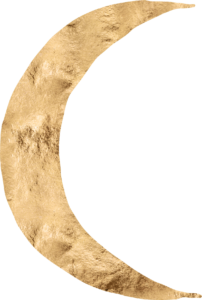
Suns and Moons Calendar
Connect with our celestial rhythm calendar of precise sun and moon events and other occasions to integrate into your calendar and your life. We have always found it really difficult to connect these events to our calendar, so we would love to share it with you all.
Follow us on Facebook and Instagram for posts.
![]() In loving service
In loving service ![]()


